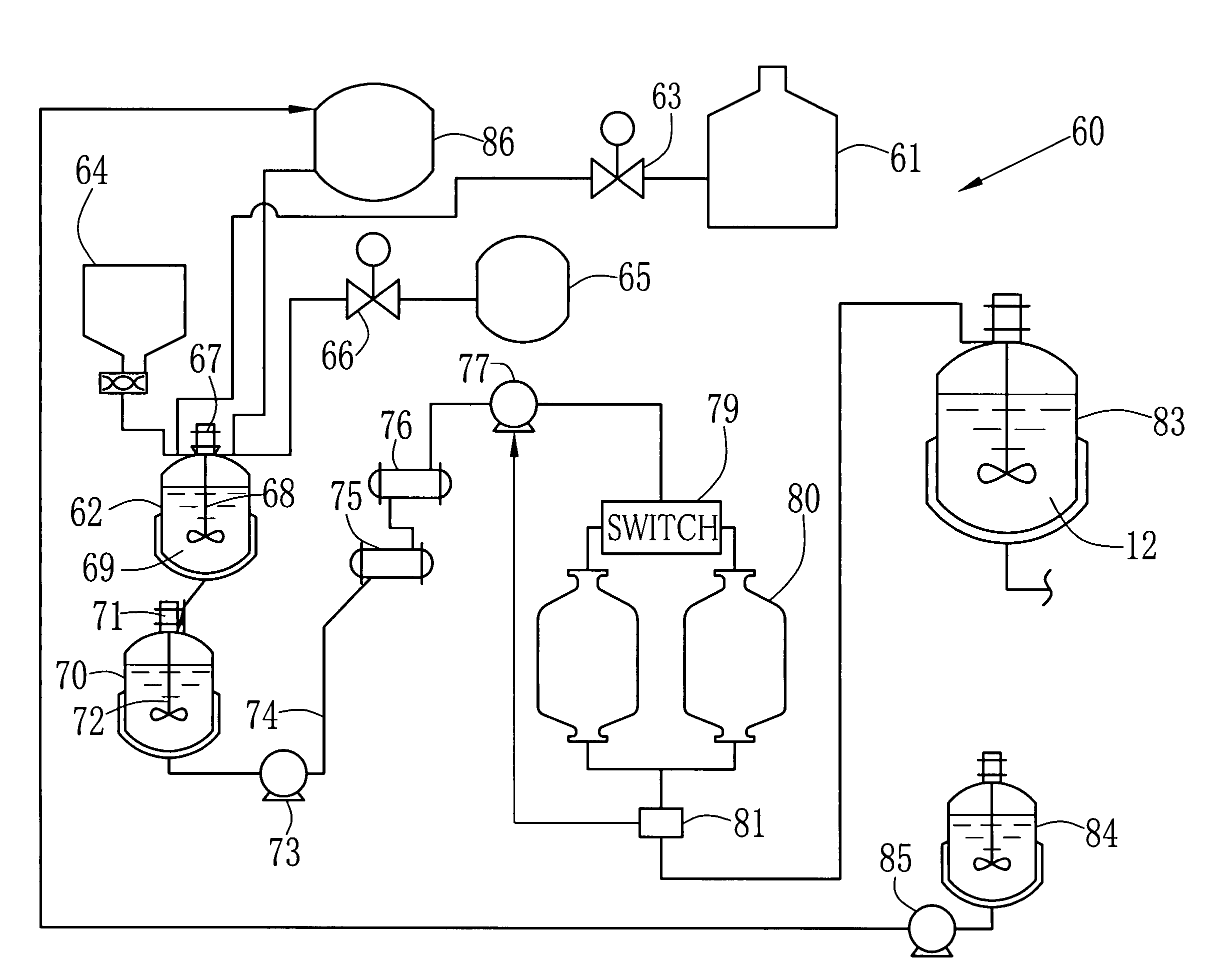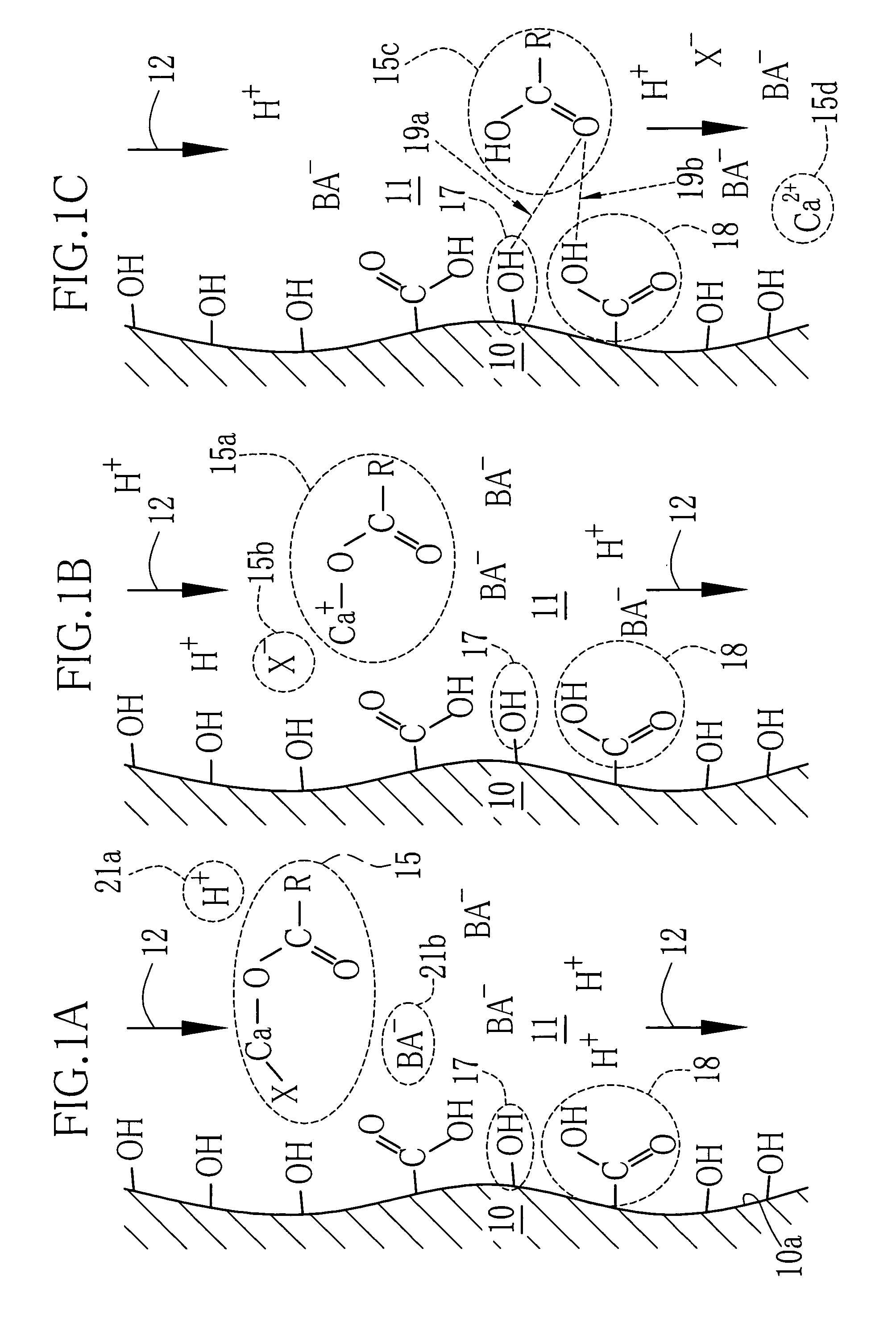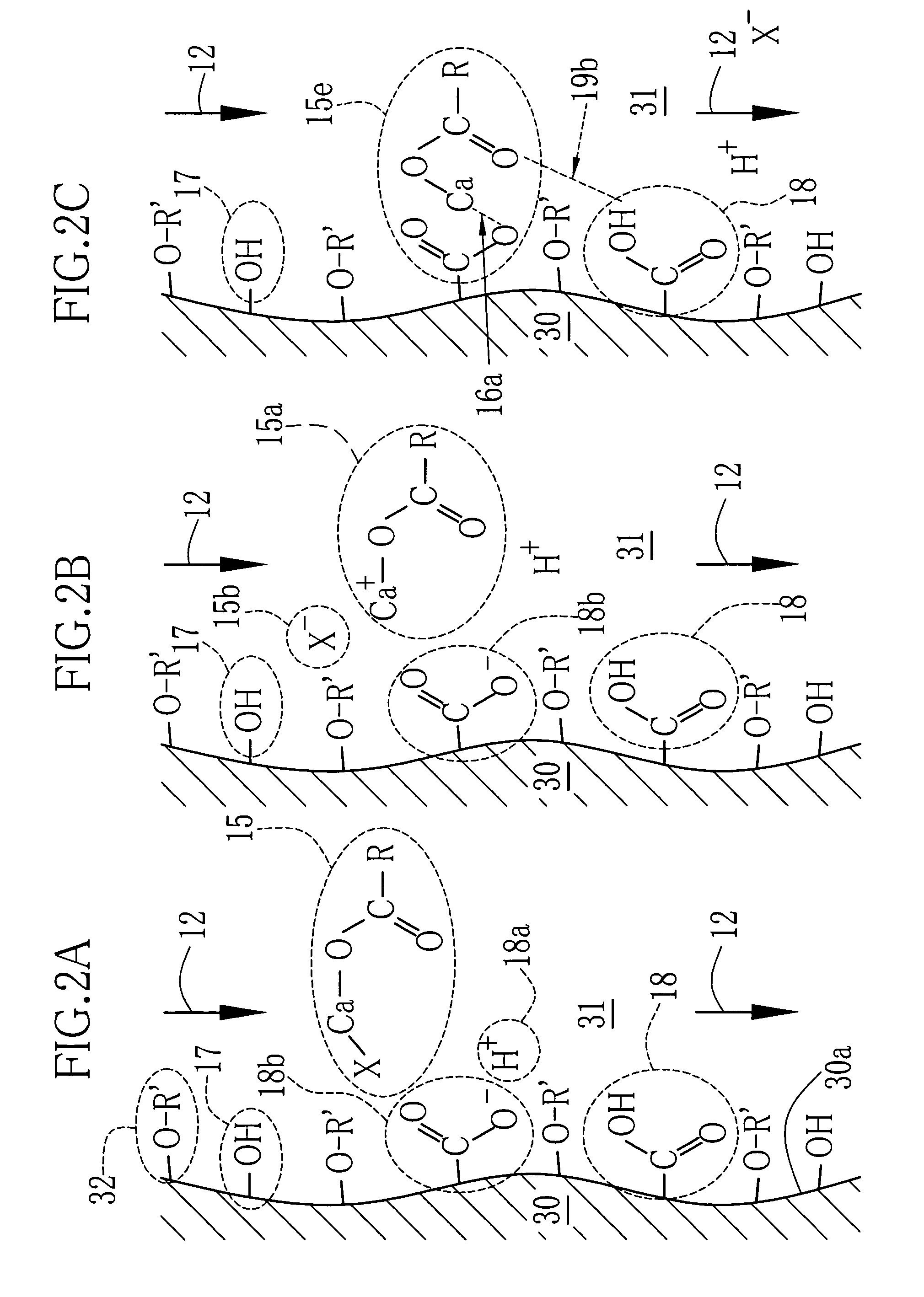Methods for filtrating and producing polymer solution, and for preparing solvent
a technology for preparing solvents and polymers, which is applied in the field of preparing solvents and preparing polymer solutions, can solve problems such as inability to solve problems, shorten the life of filtering, and interrupt the production of dope in the production lin
- Summary
- Abstract
- Description
- Claims
- Application Information
AI Technical Summary
Benefits of technology
Problems solved by technology
Method used
Image
Examples
example 1
[0223]A dope A1 was prepared in the dope production line 60 in FIG. 5. In order to prepare for the dope A1, the mixture solvent composed of dichloromethane (85 wt. %), methanol (12 wt. %), and 1-butanol (3 wt. %) was contained in the solvent tank 61, and fed to the dissolution tank 62. Thereafter, in the dissolution tank 62, cellulose acetate (degree of substitution 2.84) was fed as the polymer from the hopper 64 while the content of cellulose acetate was 23 kg in the ratio to 100 L of the mixture solvent. Further, the plasticizer solution was prepared so as to contain as the plasticizer TPP and BDP (TPP:BDP=2:1 in weight ratio) whose total weight was 1.2 kg, and fed from the plasticizer tank 65 to the dissolution tank 62. In the dissolution tank 62, the crude solution 69 of the mixture solvent, the polymer and the plasticizer solution was obtained by stirring at 80 rpm for 30 minutes by the stirrer 68 driven by a motor 67 whose power was 45 kW. Thereafter, the crude solution 69 was...
example 2
[0224]A dope A1 was prepared in the dope production line 60 in FIG. 5. In order to prepare for the dope A1, the mixture solvent composed of dichloromethane (85 wt. %), methanol (12 wt. %), and 1-butanol (3 wt. %) was contained in the solvent tank 61. Thereafter, citric acid C1 was added as the acidic material to the mixture solvent while the content of citric acid was 300 ppm to the weight of cellulose acetate. Then, the mixture solvent is fed into the dissolution tank 62. In the dissolution tank 62, cellulose acetate (degree of substitution 2.84) was fed as the polymer from the hopper 64 while the content of cellulose acetate was 23 kg in the ratio to 100 L of the mixture solvent. Further, the plasticizer solution was prepared so as to contain as the plasticizer TPP and BDP (in ratio 2:1) whose total weight was 1.2 kg, and fed from the plasticizer tank 65 to the dissolution tank 62. Then the stirrer 68 was driven by a motor 67 having power of 45 kW, so as to stir the mixture of the...
example 3
[0225]In Example 3, a first treatment of the pore wall of the filter medium B1 was made. In the first treatment, the filter medium B1 was formed of cellulose fiber whose raw materials were made of pulp and inter. The pore wall of the pore was processed (see FIG. 3) such that the hydrogen atom on the hydroxide group 17 of cellulose may be substituted to the valeryl group (—CO—(CH2)3—CH3) as the substutuent (—R′) in the functional group 32. The filter medium B1 having 50 μm of average diameter of pore and 1.2 mm of thickness was set in a reaction tank containing pyridine of 1000 wt. % in the ratio to the weight of the filter medium B1. Then C4H9—CO—Cl of 100 wt % in the ratio to the weight of the filter medium B1 was added as the acylation reagent in the reaction tank, and 4-dimethylaminopyridine (DMAP) of 1 wt. % in the ratio to the weight of the filter medium B1 was supplied as a catalyst in the reaction tank. Thus the substitution reaction was made for 24 hours. Thereafter, the fil...
PUM
| Property | Measurement | Unit |
|---|---|---|
| pKa | aaaaa | aaaaa |
| size | aaaaa | aaaaa |
| size | aaaaa | aaaaa |
Abstract
Description
Claims
Application Information
 Login to View More
Login to View More - R&D
- Intellectual Property
- Life Sciences
- Materials
- Tech Scout
- Unparalleled Data Quality
- Higher Quality Content
- 60% Fewer Hallucinations
Browse by: Latest US Patents, China's latest patents, Technical Efficacy Thesaurus, Application Domain, Technology Topic, Popular Technical Reports.
© 2025 PatSnap. All rights reserved.Legal|Privacy policy|Modern Slavery Act Transparency Statement|Sitemap|About US| Contact US: help@patsnap.com



